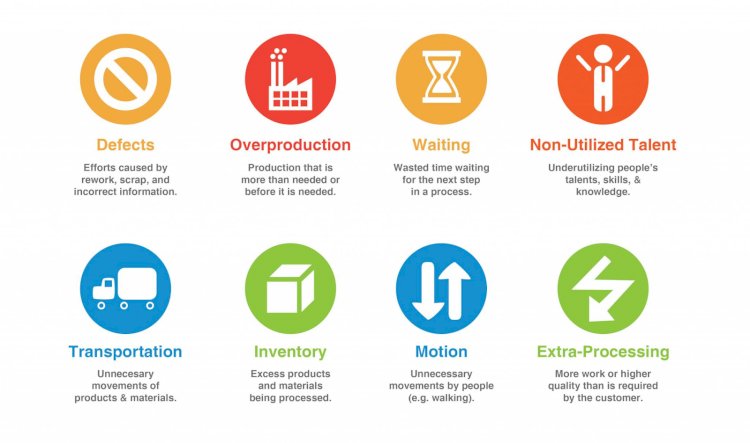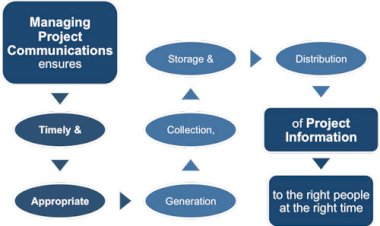Eliminating Transportation waste through Lean
Eliminating Transportation waste through Lean

Eliminating Transportation waste through Lean
“Lean” as it is known the world over, is the name given by North Americans to the “Toyota Production System”. Although Lean was primarily designed for Manufacturing industries, but over the years it has proved its tremendous usefulness in Service & other industries also. Lean aims at achieving excellence in all productive activities that a business is involved in. Lean does so by looking for waste in all business activities and taking steps to eliminate them.
Under Lean, waste or “Muda” as it is called in Japanese is divided in 7 broad categories, namely:
1. Transport
2. Inventory
3. Motion
4. Wait Time
5. Overproduction
6. Over Processing
7. Defects
Eliminating Transportation waste through Lean
Transportation: This means unnecessary movement of goods that does not add value either for business or customer. This unnecessary transportation may occur both within the factory/business to supply inputs to other business processes and outside to for delivery to customers. In today’s world where fuel prices are so high, useless transportation not only adds cost to business but also leads to delay in delivery of products or services to the customers. This eventually leads to delay in the profit realization & “Return on Investment” of the business as late delivery to the customers. It also forces the customer to look for alternatives which creates space for competition to step in.
Most of the transportation costs occur due to movement of raw materials to factories and delivery of final products to customers. It is imperative for business to eliminate transport that is not required so as to reach the customer in both minimum possible time & costs. Not only the end customers, Lean also looks for eliminating the transportation in inter-mediate business processes that act as an input for other business processes by eliminating the steps that are not needed. Most of the times, goods today are produced in mega complexes within close proximity of their input raw materials or at places where they can be quickly sourced. This is why most of the manufacturing industries are located near important consumption centers so as to save both transportation costs and delivery time to clients.
Let us take an example to properly understand this. Most of the oil in India is produced in refineries located in such diverse locations such as Mathura, Panipat, and Bhatinda, etc. although most of oil is produced in India in off-shore fields in Bombay High or imported through oil tankers via sea routes. This defies the conventional logic that Production centers should be located near locations where raw material is, i.e., near sea ports. But oil companies realized that it is cheaper to transport crude oil over long distances rather than finished oil products. That’s why oil refineries were constructed in important consumption places (NCR & Haryana Punjab region) where most of the oil produced was to be consumed to benefit from less transport costs in terms of both time & money. Another alternative example is the Reliance oil refinery in Jamnagar. Most of the oil produced here is exported. That is why the refinery is located near important seaports from where crude oil can be quickly off-loaded & finished oil products can be reloaded for export, giving this refinery the distinction of being one of the most profitable in the world.

 Shishu Pal
Shishu Pal 
































Comments (0)
Facebook Comments